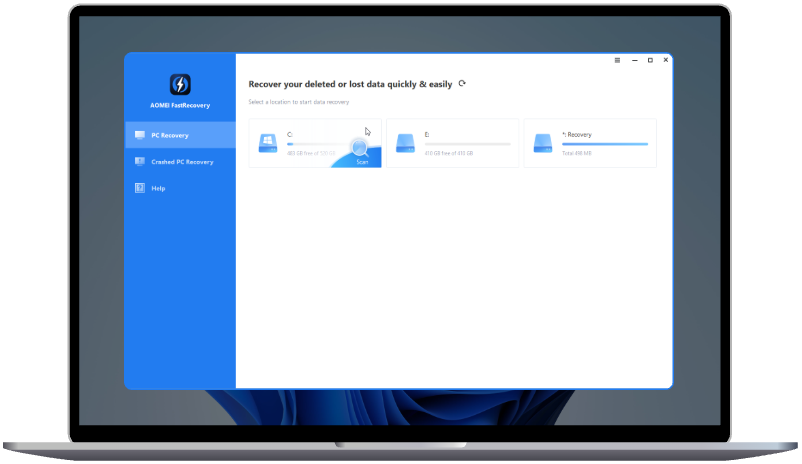Elevate Connectivity: Ralink USB WiFi 802.11n Driver for Windows 7
Explore the world of enhanced connectivity with the Ralink USB WiFi 802.11 n driver Windows 7. Uncover tips, solutions, and FAQs to optimize your wireless experience on this operating system. Discover how this driver empowers users to overcome connectivity hurdles and achieve seamless network access on Windows 7.
In today's digital age, seamless connectivity is paramount for productivity and enjoyment alike. However, when it comes to Ralink USB WiFi 802.11 n driver Windows 7, connectivity issues can sometimes arise, hindering their online experiences. In this comprehensive guide, we delve into the common problems faced by users, explore potential causes, and provide effective solutions to elevate connectivity to new heights.
Overview: Understanding the Connectivity Challenges
Windows 7 users often encounter connectivity issues with their Ralink USB WiFi 802.11n drivers. These issues can range from intermittent disconnections to slow network speeds, impeding their ability to browse the web, stream media, or engage in online activities seamlessly. Among the primary causes of these problems are outdated drivers, network interference, and software conflicts, each contributing to the frustrating user experience.
Solutions: Enhancing Connectivity Effortlessly
To address these connectivity challenges effectively, consider implementing the following solutions:
1. Update Your Ralink USB WiFi 802.11n Driver
- Begin by navigating to the device manager on your Windows 7 system.
- Locate the Ralink USB WiFi 802.11n driver, right-click, and select "Update Driver Software."
- Follow the on-screen prompts to download and install the latest driver version from the manufacturer's website.
- Reboot your system to apply the changes and enhance driver functionality.
2. Optimize Network Settings
- Access your router's settings through a web browser by entering the default gateway IP address.
- Adjust wireless channel settings to minimize interference from neighboring networks.
- Enable Quality of Service (QoS) settings to prioritize network traffic for essential applications and services.
- Configure security settings such as WPA2 encryption to safeguard your network from unauthorized access.
3. Troubleshoot Software Conflicts
- Disable conflicting software applications or utilities that may interfere with your Ralink USB WiFi 802.11n driver.
- Perform a clean boot to start Windows with minimal system processes and services, allowing you to isolate potential software conflicts.
- Update third-party security software to ensure compatibility with your system and network configurations.
FAQ: Addressing Common User Queries
Q1: How do I check if my Ralink USB WiFi 802.11n driver is up to date?
A: To verify the driver's status, navigate to the Device Manager, locate the Ralink USB WiFi 802.11n adapter, and check for any available driver updates.
Q2: Why does my Ralink USB WiFi 802.11n connection keep dropping?
A: Connectivity issues such as signal interference, outdated drivers, or router configuration errors may contribute to intermittent disconnections.
Q3: Can I use third-party driver update software to update my Ralink USB WiFi 802.11n driver?
A: While third-party tools exist, it's recommended to download drivers directly from the manufacturer's website to ensure compatibility and reliability.
Q4: How can I improve the range of my Ralink USB WiFi 802.11n adapter?
A: Consider relocating your router to a central location, upgrading to a high-gain antenna, or investing in a WiFi range extender to enhance coverage and signal strength.
Q5: Are there any known compatibility issues between Ralink USB WiFi 802.11n drivers and Windows 7?
A: While compatibility issues may arise, updating to the latest driver version and ensuring Windows 7 updates are installed can mitigate potential conflicts.
Key Tech Terms: Decoding Connectivity Jargon
1. **WiFi Protocol (802.11n):** A wireless networking standard that supports high-speed data transfer rates and improved signal range compared to previous iterations.
2. **Driver Update:** Software patches or enhancements released by hardware manufacturers to improve device performance and address compatibility issues.
3. **Quality of Service (QoS):** A network management feature that prioritizes specific types of traffic to ensure optimal performance for critical applications and services.
4. **Interference:** External signals or electromagnetic radiation that disrupts wireless communication, leading to signal degradation and connectivity issues.
5. **Device Manager:** A Windows utility that allows users to view and manage hardware devices installed on their system, including drivers and peripheral devices.
Conclusion: Elevating Your Connectivity Experience
In conclusion, the Ralink USB WiFi 802.11 n driver Windows 7 presents users with an opportunity to enhance their connectivity experience significantly. By addressing common issues, implementing effective solutions, and staying informed about key technical concepts, users can unlock seamless connectivity and enjoy uninterrupted access to the digital world. Embrace these recommendations, stay proactive, and elevate your connectivity to new heights with Ralink Technology Corp.


